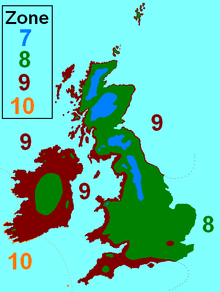There are at least four and as many as 15 species of Bougainvillea, depending on what source you believe. Most Bougainvilleas grown in cultivation are cultivars/hybrids of two of the three primary species available in cultivation. Bougainvillea spectabilis can reportedly be identified by its woolly, rounded leaves, large curved thorns and ovoid bracts of reds and purples. Bougainvillea glabra is a smaller-branched and leaved plant with less thorns and less overall size, and perhaps with less color options (usually magentas or purples). Bracts are triangle-shaped, similar to hybrids 'Ms Alice' and 'Sillhouette' (see below) . Thorns are said to be short, thin and curved. However, I can find no photos of these two pure species to see what ‘large and short' actually mean. Bougainvilla peruviana is a much less commonly encountered species, and is supposedly a very open, non-dense vine with greenish bark and roundish bracts of various magenta hues. Thorns are thin and straight to somewhat curved in old plants. Leaves are thinner and narrower, almost lancelote. There is a relatively new species in cultivation known as the tree bougainvillea, Bougainvillea arborea. This plant does not vine but actually forms a real tree trunk (solitary) and tends to have only varieties with lavender bracts. The flowers of this species have a nice smell (the other species have odorless flowers).
Obviously any cultivated plants with bract colors other than red or purple are hybrids as none of the above species come in those colors. The actual origins or species mixes that have been used to create today's cultivated hybrids is often unclear, so most hybrids are not assigned species names.
 Loading......
Loading......





















